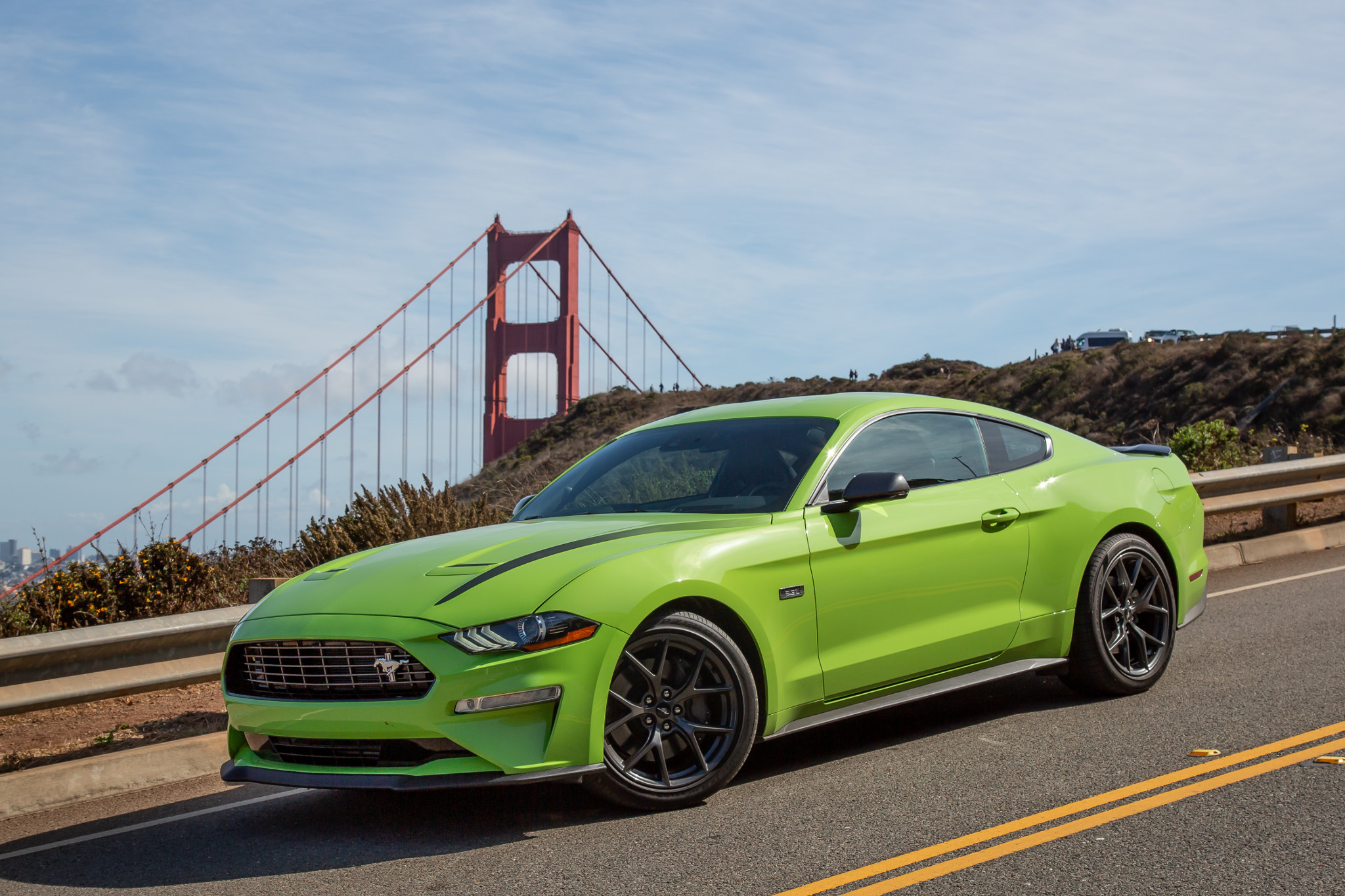Ford Mustang’s New EcoBoost Cements Era of 4-Cylinder Muscle Car
Acceleration with the new EcoBoost engine is linear, and it feels much more stout than the base 310-hp 2.3L, which tends to run out of breath at high rpm. On paper, these two engines are separated by 22 hp, but it feels like so much more.
When Ford took the bold step in 2015 of introducing a turbocharged 2.3L EcoBoost 4-cyl. in its iconic Mustang, few people would have predicted that engine would make up the majority of sales four years later.
And yet, Wards Intelligence data confirms for the first six months of the ’19 model year, more than 53% of Mustangs have sold in the U.S. with this 310-hp 4-cyl., handily outpacing the 41% take-rate for the 5.0L V-8 and 6% for the 5.2L V-8 in the Shelby GT350.
Those percentages are about to change again, and not solely because Ford is about to launch an all-new 760-hp 5.2L supercharged V-8 in the GT500 that will be priced too high to compete in the 2020 Wards 10 Best Engines & Propulsion Systems competition. Vehicle base price is capped at $65,000 this year.
No, the ’20 Mustang will have another powertrain offering: a 332-hp High Performance version of the 2.3L EcoBoost 4-cyl. that was the heart and soul of the short-lived Ford Focus RS hot hatchback. In the front-wheel-drive Focus, the engine was placed transversely and adapted for all-wheel drive.




